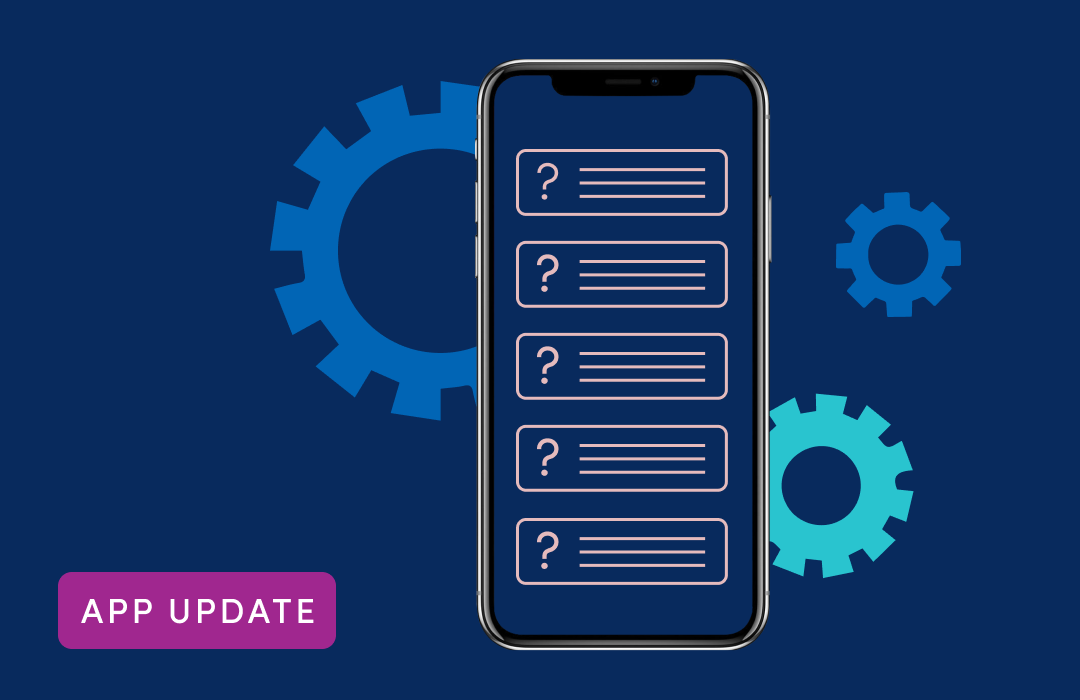
What SARS, MERS, and flu can teach us about how to tackle the coronavirus pandemic
April 28, 2020
What SARS, MERS, and flu can teach us about how to tackle the coronavirus pandemic
"Those who cannot remember the past are condemned to repeat it." George Santayana
Infectious diseases are nothing new. Humans have been susceptible to outbreaks and epidemics throughout our history with alarming regularity.
We spoke to Meera Senthilingam, author of the timely new book Outbreaks and Epidemics: Battling infection from measles to coronavirus, to find out what we can learn from history about today’s coronavirus pandemic and how our COVID Symptom Study app is helping us to discover more about the trajectory of the disease in today’s world.
1918: Spanish flu brings lockdowns and quarantines
In 1918, Spanish flu swept the world. This global pandemic was caused by a strain of the influenza virus that was particularly deadly compared with previous outbreaks, especially for younger people, and the disease eventually claimed 50 million lives.
Despite the name, Spanish flu didn’t actually start in Spain. The nickname arose because that’s where the disease was first widely reported in the media, as many other countries were under a news blackout due to the First World War. In fact, Spaniards used to refer to it as the ‘French Flu’, because they thought it had come across the border from France.
“The Spanish Flu death toll was huge, and it was because living conditions were so different. Healthcare systems were almost nonexistent in most places, people didn't live as long, and people weren't as healthy,” explains Meera.
The pandemic was helped along by a mobile global population, with troops moving between countries and continents carrying the disease with them. In response, the Spanish Flu pandemic sparked the development of public health systems that we are continuing to rely on today as we fight the COVID-19 epidemic.
As a result, some rural settlements avoided the virus altogether while others delayed its arrival for a couple of years when it had become less deadly, highlighting the effectiveness of lockdowns and isolation for controlling the spread of disease.
2002: SARS leads to tracking and isolating potential infections
In 2002, a disease known as severe acute respiratory syndrome (SARS) emerged in China, caused by a coronavirus called SARS-CoV-1. (The coronavirus responsible for COVID-19 is a related virus SARS-CoV-2.)
It quickly spread to many countries around the world, causing over 8000 deaths. Eventually, SARS was controlled by isolating infected patients and quarantining their contacts who may have been exposed to the virus, stopping the spread of the disease.
Countries that have implemented these strategies previously had a distinct advantage when the new SARS-CoV-2 coronavirus hit.
“I think the countries that dealt with SARS are the ones that have had a better control this time around," says Meera
In Taiwan, which suffered 73 deaths in the SARS outbreak, the government was quick to respond to the threat from coronavirus. They immediately introduced travel restrictions, health screens, and began testing for the virus.
When cases of COVID-19 were identified, the government tracked the contacts of all infected people and isolated them, preventing the virus from spreading. People who failed to report their symptoms or broke quarantine rules faced hefty fines.
So far, Taiwan’s efforts to control the disease have been a success with under 500 confirmed cases and just seven deaths among a population of nearly 24 million.
2012: MERS and the rise of testing, tracing and tracking technology
Back in 2012, reports started to emerge of a deadly new infectious disease in Saudi Arabia, which became known as Middle East respiratory syndrome (MERS).
In April 2015, a man returned to South Korea after traveling to Saudi Arabia. Unfortunately, he also brought the virus responsible for MERS - another coronavirus called MERS-CoV - with him.
He soon became ill and sought medical help, but went undiagnosed for nine days despite visiting multiple medical facilities, coming into contact with over 700 people, 28 of whom contracted the disease.
The failure to detect the first case of MERS in the country was devastating, with 186 people contracting the disease and 36 deaths. Learning from the outbreak, South Korea developed a testing and tracking system to identify and contain future outbreaks.
When COVID-19 arrived in South Korea, rapid testing was prioritized. Over 600 testing centers were quickly established throughout the country, including drive-through and walk-through facilities, delivering test results within 24 hours.
The South Korean response combines rapid and widespread testing with an intensive technological approach, tracking down everyone who had been in contact with an infected patient using GPS co-ordinates obtained from mobile phone providers, credit card details and CCTV footage. These people are then tested for coronavirus, and if they test positive they are hospitalized at special COVID-19 facilities. If they test negative, they are still asked to self-quarantine for 14 days as a precaution.
South Korea’s experience with MERS and technological approach to COVID-19 management has enabled them to manage the coronavirus outbreak while avoiding full lockdown. However, strict lockdown measures have recently been brought back in the capital Seoul to contain a sharp rise in cases following the relaxing of social distancing rules.
2020: COVID-19 catches many countries out
While she was researching her book before the COVID-19 pandemic, Meera spoke to Mike Ryan, Executive Director of the World Health Organization’s Health Emergencies Programme.
During their conversation, Mike predicted that a pandemic was coming and a disease slightly more transmissible than SARS would bring society to a halt. And, as we all now know, he was right.
But despite widespread predictions that a new infectious disease outbreak was likely in the near future, most governments still weren’t ready.
Meera believes that the countries that have been able to control coronavirus have one thing in common: they have learned from previous epidemics and acted quickly to stop transmission.
“It makes sense to find people who are affected, test them, isolate them, locate people they've been in contact with and if you do that when it's early days, it's manageable because there aren't trying to isolate thousands of people a day,” she says.
“The countries that are seeing the worst cases now are the ones that didn't take the steps early on that other countries did.”
We can control the coronavirus pandemic, but we all need to play our part
As we recently showed in our paper published in the journal Nature Medicine, data from the COVID Symptom Study app can identify people who are likely to be infected with coronavirus based on certain clusters of symptoms.
We believe that the app can play a key role in the national response to COVID-19 by identifying likely coronavirus infections quickly, so that health authorities can act early, redirect testing and care resources, and stop the spread of infection.
It’s vital that as many people across the UK are using the app to act as an early warning system to protect our communities and the people we love.
If you haven’t already, we would urge you to download the COVID Symptom Study app and use it to log your health on a daily basis, whether you feel fine or are experiencing any potential symptoms of COVID-19. You can also set up separate profiles within the app log for friends and family members who want to take part but aren’t able to use the app.
Directly or indirectly, COVID-19 affects us all - but we can all work together to beat it. Join us.
Find out more:
- Outbreaks and Epidemics: Battling infection from measles to coronavirus – Meera Senthilingam
- Inside the swift, deadly history of the Spanish Flu pandemic – National Geographic
- Coronavirus: What can we learn from the Spanish flu? – BBC
- The places that escaped the Spanish flu – BBC
- SARS: how a global epidemic was stopped – Bulletin of the World Health Organization
- What Taiwan can teach the world on fighting the coronavirus – NBC news
- How Taiwan is containing coronavirus – despite diplomatic isolation by China – The Guardian
- Middle East respiratory syndrome: what we learned from the 2015 outbreak in the Republic of Korea – The Korean Journal of Internal Medicine
- ‘Super-spreader’ responsible for nearly half of Mers cases in South Korea – The Independent
- How South Korea Flattened the Curve – The New York Times
- Real-time tracking of self-reported symptoms to predict potential COVID-19 – Nature





.png)


.png)



















_(1).png)















.png)





